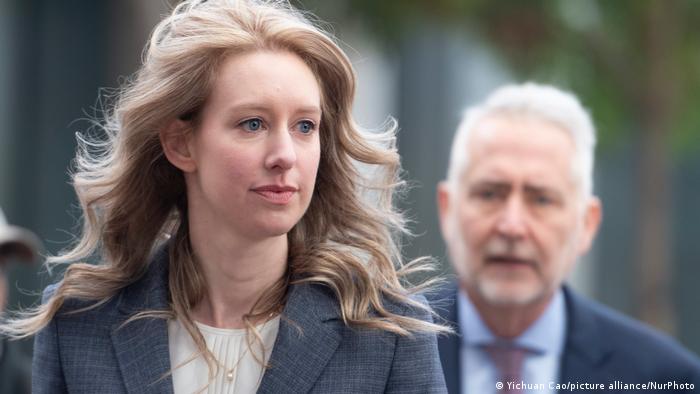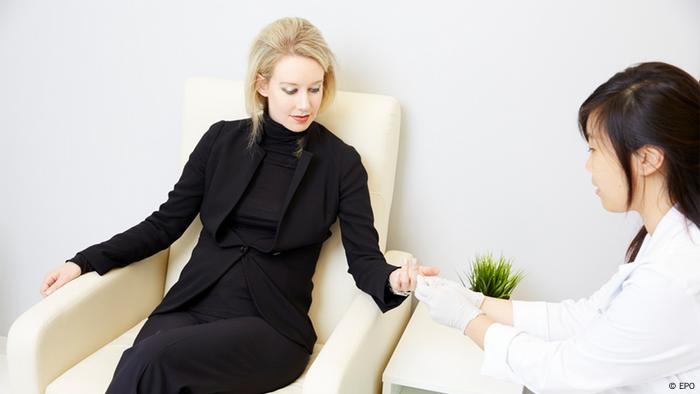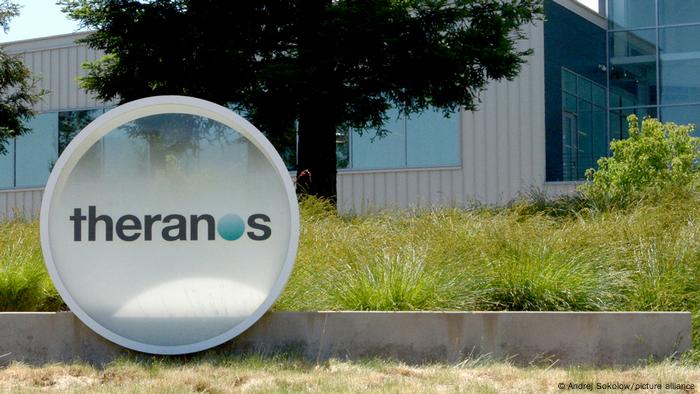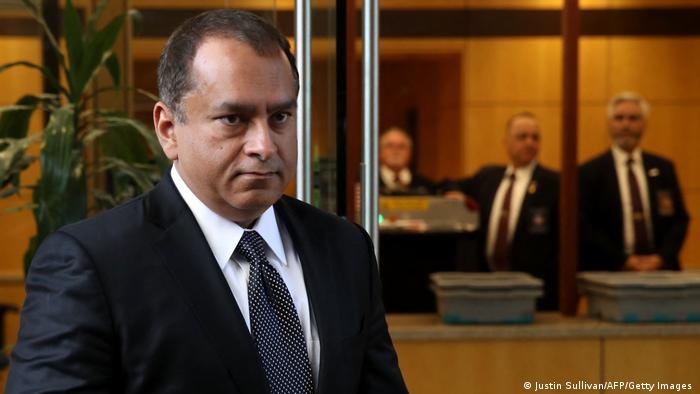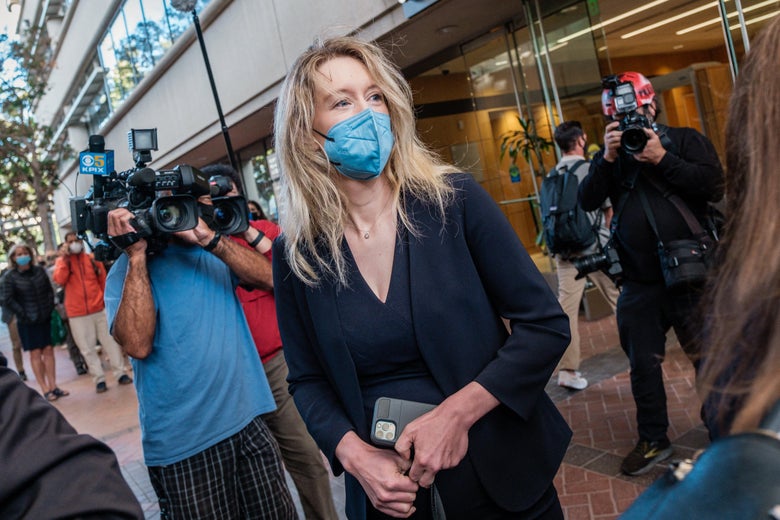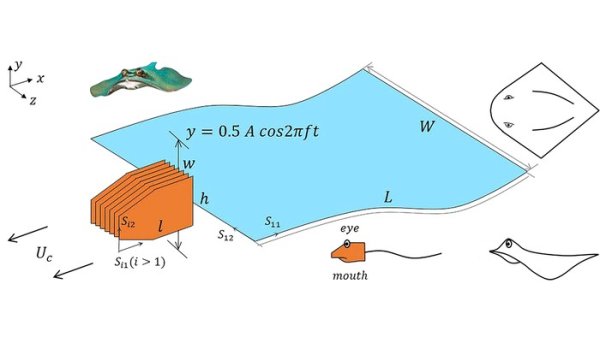Issued on: 01/09/2021 -

Text by: Leela JACINTO
When the Taliban swept into Kabul last month, they immediately took over the abandoned American University of Afghanistan (AUAF), the country’s most prestigious private university. Most of the endangered students are now stuck in Afghanistan as its faculty attempt to get them out while mourning an intellectual and cultural loss.
On a cold Kabul morning three years ago, students at the American University of Afghanistan (AUAF) gathered around a wall in the sprawling, heavily fortified campus to declare their defiant commitment to education.
“I am back because education prevails,” the students painted, next to a drawing of a young man and woman picking up their books amid an orange swirl of feathers of a rising phoenix.

Aided by the Artlords – a group of Afghan artist-activists that, in recent years, painted public messages on the city’s drab walls – the students were sending a message to the Taliban following an August 24, 2016, attack, which killed 13 people.
The attack occurred just days after two professors, a US and Australian national, were kidnapped near the campus gates. The two hostages were released in November 2019 in a prisoner swap between the Taliban and the Afghan government.
Funded by US aid and with a mandate to educate Afghanistan’s next generation of professionals and leaders, AUAF was a symbolic target in an age when jihadists from Afghanistan to Nigeria are determined to deny populaces access to knowledge.
After every attack, the university reopened, phoenix-like, with new security measures, additional watch towers and entrance cabins where entrants were thoroughly patted down. Its students – mostly scholarship boys and girls from across Afghanistan – always returned, acutely aware of the expectations of their impoverished parents and nation on their shoulders.

Today, the AUAF is no more. Even on the Internet, the university has disappeared without a trace after AUAF officials deleted the site, burning servers and documents as a security precaution while the Taliban swept into Kabul.
Recounting her escape from Afghanistan, Victoria Fontan, AUAF’s vice president of academic affairs, said she managed to escape the university on August 14, a day before the Taliban entered Kabul. Along with around 400 staff members, students and their families, Fontan sheltered in the basement of a British private security company around 10 kilometers from the Kabul airport.
But as thousands of desperate people crowded at the airport in a desperate bid to flee the Taliban takeover, the evacuation process proved harrowing. “On August 15 evening, the compound near the airport where we were sheltering was attacked by the Taliban who encircled us,” said Fontan in an interview with FRANCE 24. “We were barred from leaving under threat of arrest. Negotiations followed, the security company guarding us enacted its hostage crisis response plan. They themselves established negotiations with the Taliban for our release. The negotiation resulted in [them] leaving a lot of military equipment for the Taliban and some money,” she explained.
The university’s non-Afghan faculty members from several nations have since returned home and are dispersed across the world.
Most of the students though have been left behind in Afghanistan – but not from a lack of trying, by the university’s committed staff and alumni, to get them evacuated.
On Sunday – just days before US President Joe Biden’s August 31 withdrawal deadline – hundreds of staff, students and relatives made a final evacuation attempt. But after waiting hours to get clearance to enter the Kabul airport, they were informed that evacuations had been called off, the New York Times reported.
Those students are now at critical risk, among the most vulnerable people under the new Taliban regime.
A symbol of American soft power
Inaugurated in 2006 by then US first lady, Laura Bush, AUAF was one of the most visible symbols of American soft power in Afghanistan.
The university has since produced thousands of graduates who can often be immediately identified with their excellent English language skills and critical acumen. Even before the Taliban takeover of the country, the word “American” in the university’s name often added a degree of pressure for some students with parents concerned about the association with the foreign occupiers, forcing them to take on their families in a bid to get a quality education.
Their abandonment, and the hasty US withdrawal, with its deadly consequences, has enraged Michael Barry, a renowned historian who taught at Princeton University before joining the AUAF faculty in 2017.
“Ever since President Joe Biden announced his intention of withdrawing American forces from Afghanistan, beginning in April, the American Embassy in Afghanistan did not extend a finger to assist the American University of Afghanistan, its staff, premises and especially the students,” said Barry in a phone interview with FRANCE 24 from Paris, where he is a visiting professor at The Paris Institute for Critical Thinking. “Hundreds of female students are desperate to leave the country along with their male classmates. They all believe in the universality of human rights. Does that mean they’re inferior humans to be sacrificed?”
The new ‘N-word’
The sudden, cataclysmic end of the university, leaving behind vulnerable students and staff to fend for themselves is a stain on America’s reputation, Barry believes. “It’s a betrayal, of course it’s a betrayal. We’ve betrayed every value that we profess to uphold,” he fumed. “It’s a symbol of the broken promises, betrayal, of an America that refuses to believe in itself. Everything that the American University of Afghanistan proclaimed itself to be – a showcase for the building of democracy – proved to be a hollow propaganda lie.”

Two days after Kabul fell to the Taliban on August 15, when Biden finally addressed a nation shocked by scenes of thousands of Afghans risking death to flee the Taliban, the US president stuck “squarely behind” his decision to withdraw troops on a truncated schedule. “Our mission in Afghanistan was never supposed to be nation-building. It was never supposed to be creating a unified centralised democracy,” said Biden.
Fact-checkers immediately got on the job, retrieving several Biden quotes over the past 20 years, when the seasoned politician explicitly extolled the virtues of nation-building.
Occupiers, including colonialists, throughout history have understood their primary duty to restore law and order involved administering terrain by setting up institutions tasked with implementing policies.
As a historian, Barry has little patience for Biden’s recent bids to denigrate what the US has been doing in Afghanistan over the past two decades. “Now nation-building is being used as if it’s a dirty word, which is implying that the hopes, aspirations and dreams of others is not as important as the well-being and aspirations of Americans. This goes against the professed ideals of the USA,” he noted, “which were reaffirmed after World War II with the Marshall Plan and the idea, however flawed, that the US had the imaginative scope and the moral outreach to believe in working on behalf of humanity.”
‘Cultural dignity’ in a war-torn nation
In many ways, Barry epitomises the spirit of AUAF at its prime, with its dedicated faculty braving the dangers of living in Afghanistan to fulfil what they saw as their mission to open the doors to the world for their students.
“At the American University of Afghanistan, we endeavored to enhance the cultural dignity of the Afghan people and nation instead of treating them like underdeveloped wards,” he explained.
As an Islamic art expert, Barry attempted to provide his students a scholarship avenue into their own culture – a path available in the world’s leading institutions, but which was denied to Afghans during decades of war and the anti-intellectualism of the Taliban’s 1990s rule.
His work at AUAF included a major project on 15th century miniatures of the Herat school, which flourished in western Afghanistan. Following years of research, Barry located the pages of the exquisite artwork dispersed across nearly 30 collections and institutions from the US to India.
In a collaboration with Boston University’s American Institute of Afghanistan Studies (AIAS) and with funding from the US and French embassies, Barry got the intricate manuscripts expertly photographed, enlarged and mounted on metal to be hung at the university.

Another set of the mounted paintings was given to the Herat Palace, entering the institution’s permanent display. In a 2019 interview with a US newspaper, an Afghan social anthropology lecturer at AUAF recalled how Afghan visitors teared up during tours. “I feel like I am awakened after a long sleep,” Sharifi recalled a visitor telling him.
‘Daesh has done an enormous service to the Taliban’
As an Afghanistan historian fluent in Persian, Urdu, as well as the dialects and classical languages of the region, Barry is painfully familiar with the Taliban’s tyrannical repression of scholarship.
“Daesh has done an enormous service to the Taliban,” he noted, referring to the Islamic State (IS) group. “Daesh’s actions were so heinous, they made the Taliban look more moderate and Western powers will work with the Taliban to try to limit Daesh,” he predicted.
The future for a country resigned to the “moderation” of the Taliban against the excesses of the IS group’s Khorasan branch, the IS-K, is utterly bleak for Barry and he has no patience for putting a positive spin on what he sees as a disaster.

Classes go online
This week, at the start of a new semester, AUAF classes went online, beginning with a “two-week study group period for the students and faculty to get together and process what’s happening. It’s a buffer period for everyone to get back and reconnect. On September 15, the credit-bearing classes begin,” explained Fontan.
The move online began last year with the Covid-19 crisis, giving students, staff and technical teams valuable lessons in virtual learning. Despite the security crisis this year, Fontan is confident of the university’s cybersecurity measures, explaining that the system only allows university email logins and “everything is centralised and secured”.
While Fontan is a professor of peace and conflict studies, as the university’s vice president of academic affairs her role entails “coordinating the teaching efforts and making sure the trains run on time,” she explained. That involves “dropping in on [online] classes, showing them that I’m there with them and making sure things are okay,” said Fontan.
Her assessment of the students’ reception to the online classes is positive, for the most, under the circumstances. “Some students feel happy to be starting the semester online. It’s the only consistency at a moment in their lives when they don’t know what’s happening to them, their country, their neighborhoods,” she explained. “Others feel they are not in a state to concentrate on their studies, the situation is too overwhelming, and they felt threatened by their association with the university. But the overall feeling is a relief to be allowed to be back with the community, even if it’s online, to allow everyone to process what’s happening.”
Barry’s appraisal of his online session, which included initial technical glitches under the new circumstances, was less affirmative. “It’s terrifying to be reaching out to people trying to speak in whispers, hiding in corners of their homes in terror of being discovered for connecting with us,” he explained.
The university administration in exile have been at pains to assert that an August 29 New York Times report quoting AUAF president, Ian Bickford, as saying that the university had shared the students’ names with the US military, and that the US military’s protocol was to share that information with the Taliban to coordinate airport access, was false. An August 30 correction noted that Bickford “did not say the US military had shared with the Taliban a list of students trying to leave Afghanistan”.
Since their takeover, the Taliban have conducted intimidating house searches to identify Afghans who worked for the government or “collaborated” with the foreign invaders. For Afghans left to their fates, the US military’s conduct during the disastrous withdrawal – including abandoning its main Bagram base in the night without informing their Afghan counterparts – gives them little cause for reassurance.
As an American who voted for Biden, Barry is incensed with the way his president pulled his country out of a region he has long studied. Barry is careful to explain that he speaks “on behalf of the entire faculty, both international and national, in denouncing this moral disgrace”. AUAF’s teaching and administrative staff, he notes, is currently working “with no salaries, purely out of humanitarian concern” since the university’s funds are frozen.
“When the staff, dispersed across the world, discuss the way the US government has treated the American University of Afghanistan, the word that keeps emerging is ‘abject’,” he explained. “Academic excellence is a moral commitment. We played with something with which one does not toy.”
